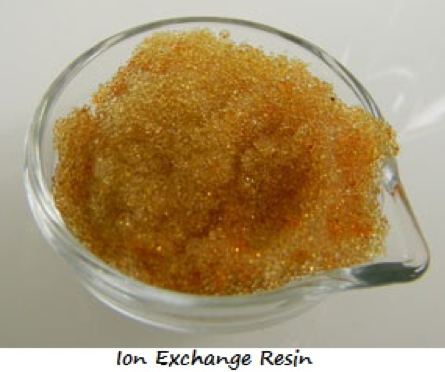By Gabrielle Boucher, NWC student intern
Every year, the Nebraska Water Center (NWC) awards United States Geological Survey (USGS) 104b funding for projects intended to address water challenges in Nebraska. The competitive selection process includes reviews by a panel of fellow colleagues. This year, four projects were chosen and each focuses on contaminated water in Nebraska. To provide an overview of each project and the researchers behind them, the NWC will publish a series of articles on 104b awardees.
Dr. Javed Iqbal is an assistant professor in the department of agronomy and horticulture, with an area of expertise in soil and water sciences. He will be leading a project named “Monitoring of Nitrate Leaching at and Below Crops Rooting Depth” with the USGS 104b grant he has received. This project will examine different methods of measuring Nitrate (NO3) in soil profiles. Nitrate, the most prevalent and concerning water contaminant in Nebraska, has negative health effects. However, there is currently no standard method for estimating nitrate leaching rates into the subsurface. The goal of this project is to evaluate three well-known methods and determine which one most accurately predicts concentrations of nitrate while taking cost, reliability, and time into account.
The three methods Iqbal and his team will evaluate are conventional soil sampling, lysimeters and ion exchange resins. There are pros and cons to each method. Conventional soil sampling and lysimeters provide a good estimate for nitrogen leaching. However, these methods require frequent visits to collect nitrate leaching measurements over time. Ion exchange resins can provide alternatives for getting good NO3 leaching estimates with less time, but their efficiency is not well known. Iqbal describes ion exchange resins as “the materials that could absorb different ions, [such as] nitrate and ammonium that have both positive and negative charges”. These ions are absorbed as water moves through them. The materials can then be analyzed in the lab. While there are other methods to estimate concentrations, he has chosen these methods because they are widespread and some methods cannot be compared.
Iqbal’s first objective is to determine which method is best. His team will also be taking samples in fields using different farming management practices to see how they affect the results. The project will be taking samples from an easily accessible site in Northeast Nebraska’s Bazile Groundwater Management Area. Through this project, Iqbal will be directly addressing two of Nebraska’s top ten water challenges: nitrate contamination and emerging contaminants.
The project will begin in April and conclude in the fall, in line with the growing season. Intervals between sampling will be between two weeks to a month, depending on rainfall and time of season. Iqbal will be leading the project with Dan Snow, director of UNL’s Water Sciences Laboratory, and a graduate student. He expects ion exchange resins to be easiest to install and collect samples from. The team hopes to identify the method that is the most efficient and accurate and use that method in future projects to evaluate the effect of different management practices. This will help to supply data about best management practices to reduce the concentration of nitrate leaching in soils.
This project aims to provide valuable information about measuring nitrate leaching concentrations in soils for future projects. Iqbal and his team are looking forward to this project and to continuing to improve the state of Nebraska’s groundwater.

